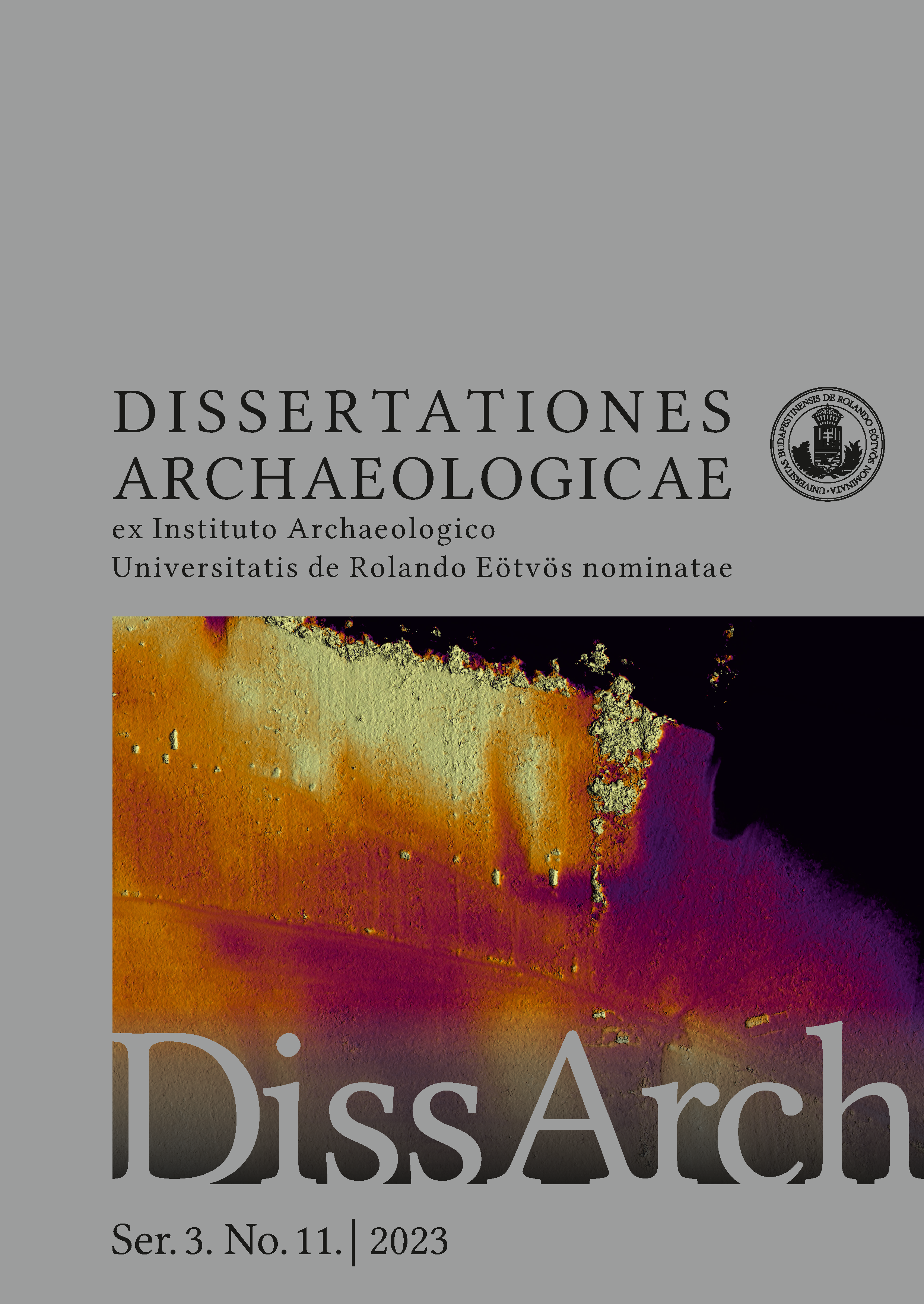Investigations of an Early Iron Age Siege 2: Preliminary report on the archaeological research carried out at Dédestapolcsány-Verebce-bérc and Dédestapolcsány-Várerdő between September 2022 and the end of 2023
Published 2024-03-26
Keywords
- Early Iron Age,
- fortified settlement,
- Hallstatt Culture,
- Vekerzug Culture,
- Scythian influences
- early ferrous metallurgy,
- industrial centre ...More
How to Cite
Abstract
A research team of the Institute of Archaeological Sciences of the Eötvös Loránd University continued the fieldwork between 1 September 2022 and 31 December 2023 on two Early and Middle Iron Age sites, Dédestapolcsány-Verebce-bérc and Dédestapolcsány-Várerdő, in the frame of a project investigating Early Iron Age crises. New excavation trenches were opened at the fortified settlement in the north of the Bükk Mountains (Northern Hungary). One was an extension of a trench opened in 2022, where remains of a burnt house had been identified. Metal detector surveys recovered some new fascinating stray metal finds (e.g., an akinakes, battle axes, and the bronze protective sheath of a sword) and new assemblages (iron tool deposits and a hoard of gold jewellery and amber beads). Eleven more graves were excavated in the cemetery (Várerdő) north of the coeval settlement. The most interesting grave was the burial of an adult man with rich grave goods such as an ironworking toolkit, pottery, and other items.


